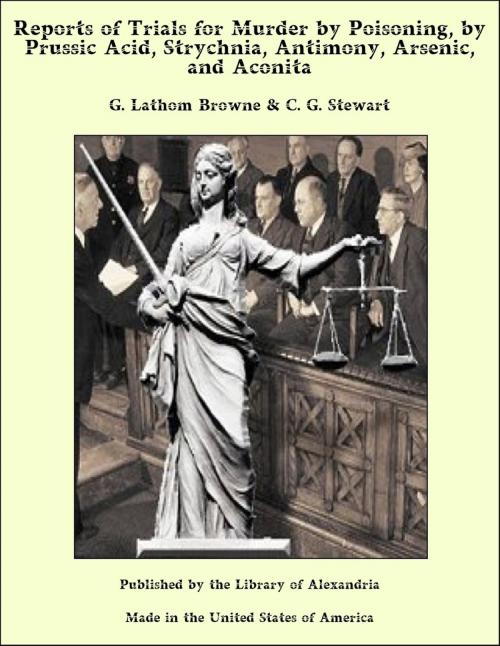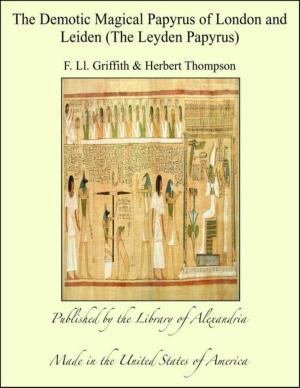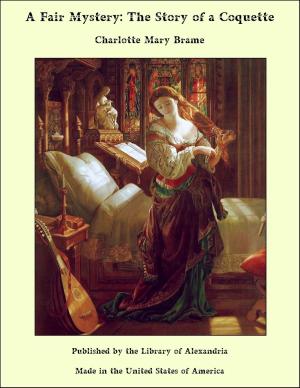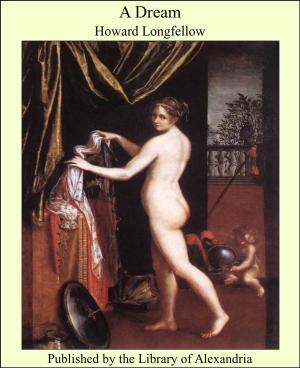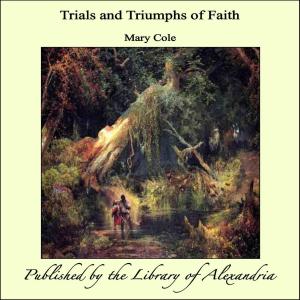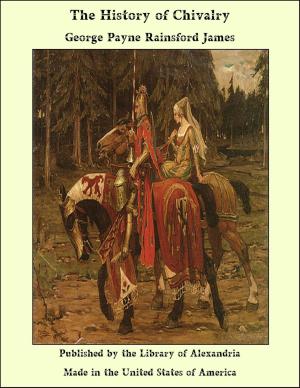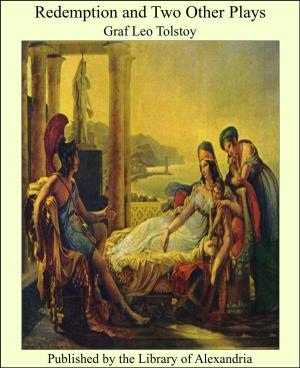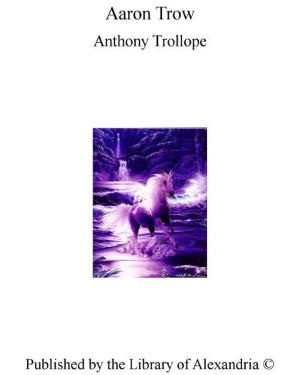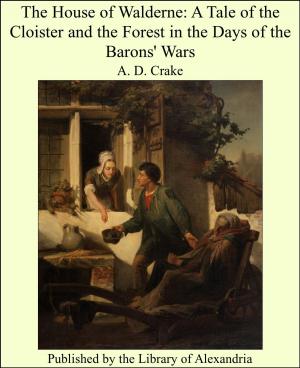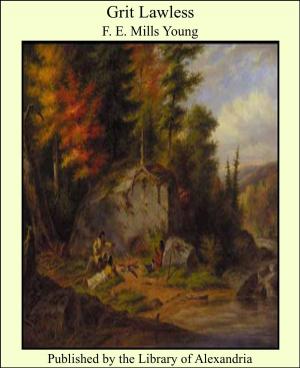Reports of Trials for Murder by Poisoning, by Prussic Acid, Strychnia, Antimony, Arsenic, and Aconita
Nonfiction, Religion & Spirituality, New Age, History, Fiction & Literature| Author: | G. Lathom Browne & C. G. Stewart | ISBN: | 9781465606259 |
| Publisher: | Library of Alexandria | Publication: | March 8, 2015 |
| Imprint: | Language: | English |
| Author: | G. Lathom Browne & C. G. Stewart |
| ISBN: | 9781465606259 |
| Publisher: | Library of Alexandria |
| Publication: | March 8, 2015 |
| Imprint: | |
| Language: | English |
I. Sudden Death.—Large quantities of any poison might be rapid in fatal result, but the sudden poisons proper are:—concentrated sulphuric, nitric, and hydrochloric acids; poisonous gases and vapours, such as carbonic acid and sulphuretted hydrogen (see Casper’s Forensic Medicine, Case CCXLI.), carbonic oxide, arseniuretted and antimoniuretted hydrogen, and certain rare organic compounds, as kakodyl, &c.; strychnia sometimes, oxalic acid in large doses, chloroform under certain circumstances. But beyond all others, the quickest of poisons is hydrocyanic or prussic acid. II. Insensibility, generally following nervous excitement. Morphia and opium; henbane (Hyoscyamus); stramonium; belladonna; nicotine (tobacco); darnel (lolium temulentum); hemlock (Conium maculatum); water hemlock (Œnanthe crocata); fool’s parsley (Æthusa cynapium), [Dr. J. Harley shows that this is not so poisonous as believed: see St. Thomas’s Hospital Reports, x. 25]; Indian hemp (Cannabis indica); Woody Nightshade (Solanum dulcamara); Solanum nigrum; the berries of Potato (Solanum tuberosum); Lobelia inflata: Foxglove (Digitalis); cocculus indicus; certain fungi (notably Amanita muscaria); chloroform; chloral; butylchloral —“croton chloral”): amylene; methylene dichloride; sulphuretted hydrogen; carbonic oxide; and many other substances usually classed as narcotics. III. Vomiting.—Irritant poisons, such as acids, alkalies, alkaline salts in considerable doses (even common salt has proved fatal: see Christison[1]); most soluble compounds of the heavy metals (especially antimony, arsenic, zinc, and copper); certain vegetal alkaloids (from colchicum, laburnum, yew, savin, ipecacuanha, capsicum, pepper, ergot, many species of Ranunculaceæ, the Hellebores, and some fungi); cantharides, turpentine, and essential oils, &c. Pain in the digestive organs, purging, and general inflammation are commonly present. Most of the medicinal purgatives will produce sickness and vomiting if given in overdoses; of course unwholesome food or disease may frequently be the cause.
I. Sudden Death.—Large quantities of any poison might be rapid in fatal result, but the sudden poisons proper are:—concentrated sulphuric, nitric, and hydrochloric acids; poisonous gases and vapours, such as carbonic acid and sulphuretted hydrogen (see Casper’s Forensic Medicine, Case CCXLI.), carbonic oxide, arseniuretted and antimoniuretted hydrogen, and certain rare organic compounds, as kakodyl, &c.; strychnia sometimes, oxalic acid in large doses, chloroform under certain circumstances. But beyond all others, the quickest of poisons is hydrocyanic or prussic acid. II. Insensibility, generally following nervous excitement. Morphia and opium; henbane (Hyoscyamus); stramonium; belladonna; nicotine (tobacco); darnel (lolium temulentum); hemlock (Conium maculatum); water hemlock (Œnanthe crocata); fool’s parsley (Æthusa cynapium), [Dr. J. Harley shows that this is not so poisonous as believed: see St. Thomas’s Hospital Reports, x. 25]; Indian hemp (Cannabis indica); Woody Nightshade (Solanum dulcamara); Solanum nigrum; the berries of Potato (Solanum tuberosum); Lobelia inflata: Foxglove (Digitalis); cocculus indicus; certain fungi (notably Amanita muscaria); chloroform; chloral; butylchloral —“croton chloral”): amylene; methylene dichloride; sulphuretted hydrogen; carbonic oxide; and many other substances usually classed as narcotics. III. Vomiting.—Irritant poisons, such as acids, alkalies, alkaline salts in considerable doses (even common salt has proved fatal: see Christison[1]); most soluble compounds of the heavy metals (especially antimony, arsenic, zinc, and copper); certain vegetal alkaloids (from colchicum, laburnum, yew, savin, ipecacuanha, capsicum, pepper, ergot, many species of Ranunculaceæ, the Hellebores, and some fungi); cantharides, turpentine, and essential oils, &c. Pain in the digestive organs, purging, and general inflammation are commonly present. Most of the medicinal purgatives will produce sickness and vomiting if given in overdoses; of course unwholesome food or disease may frequently be the cause.
